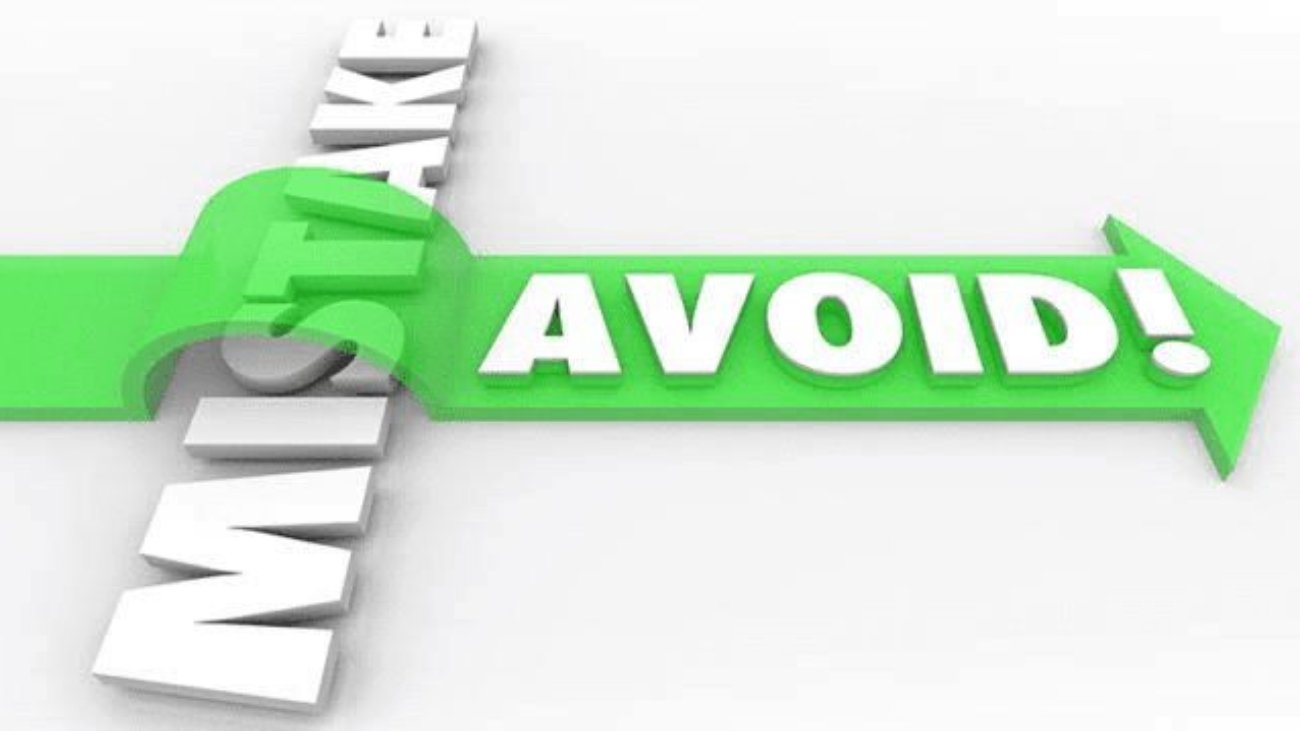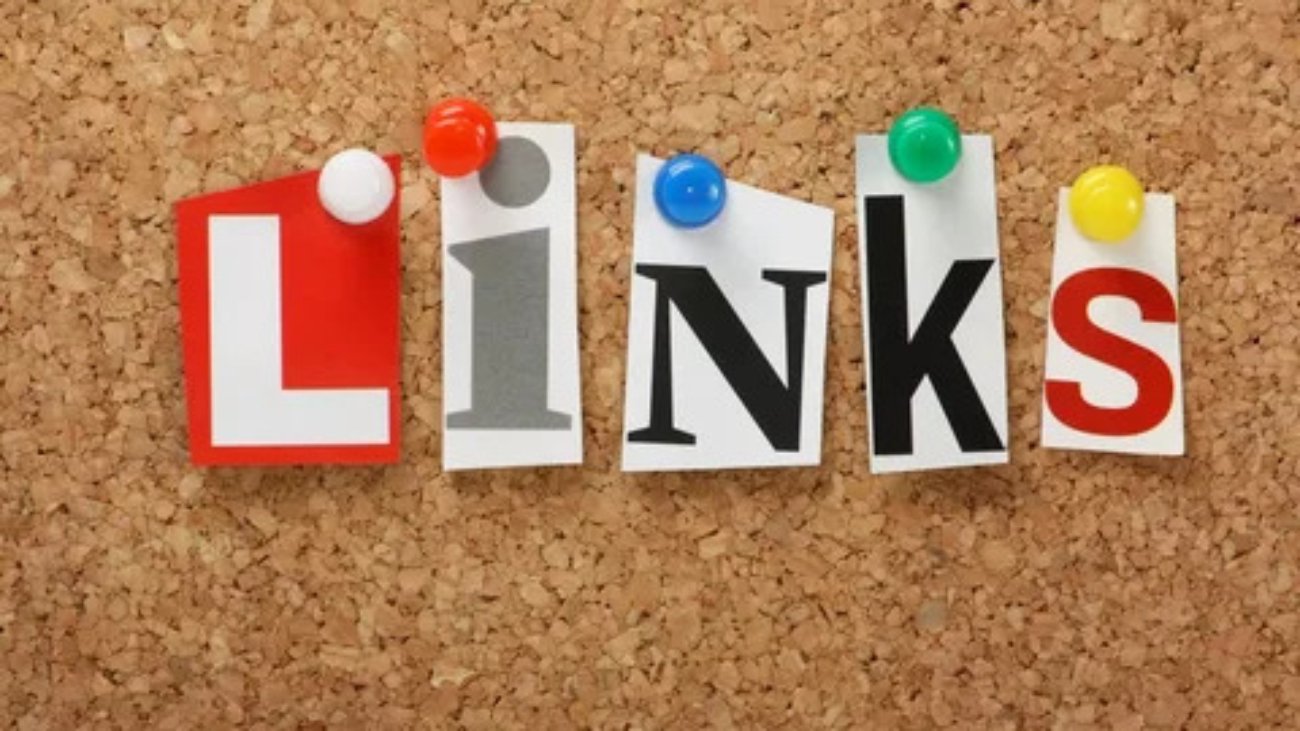Introduction
Link building remains one of the most important strategies in search engine optimization (SEO). Backlinks signal to search engines that your content is valuable, credible, and worth ranking. However, in 2025, one wrong backlink strategy can do more harm than good.
Google’s algorithms are now smarter and more aggressive in detecting spammy or manipulative link-building techniques. If you continue to make outdated or black-hat SEO mistakes, you risk penalties, loss of rankings, and a damaged domain reputation.
This article will explore the top link-building mistakes to avoid in 2025 and provide modern solutions for each. Whether you’re an SEO beginner, agency pro, or brand strategist, you’ll find actionable advice to protect your rankings and build backlinks that matter.
1. Focusing on Quantity Over Quality
❌ The Mistake:
Many marketers still chase hundreds of low-quality backlinks, believing volume is the path to success.
✅ Why It’s Wrong:
Google values relevance, authority, and trust more than sheer numbers. A few editorial backlinks from reputable websites can outweigh dozens of spammy ones.
💡 What to Do Instead:
-
Prioritize DA40+ sites with real traffic and topical relevance.
-
Use tools like Moz, Ahrefs, and SEMrush to evaluate domain trust.
-
Build relationships with niche blogs, industry influencers, and digital publications.
2. Using Over-Optimized Anchor Text
❌ The Mistake:
Repeating exact-match keywords like “best SEO agency” in every backlink anchor text.
✅ Why It’s Wrong:
Overuse of keyword-rich anchors looks unnatural and is a common red flag for link schemes.
💡 What to Do Instead:
-
Use a mix of branded, generic, naked URLs, and LSI anchors.
-
Focus on contextual placement within the body of relevant content.
-
Maintain a natural anchor text profile to avoid penalties.
3. Ignoring Relevance of Linking Sites
❌ The Mistake:
Getting backlinks from unrelated websites or forums just for the sake of building links.
✅ Why It’s Wrong:
Google rewards backlinks from sites that are contextually relevant to your niche or industry. Irrelevant links confuse search engines and dilute your SEO signals.
💡 What to Do Instead:
-
Pitch guest posts to industry-specific blogs.
-
Use tools like BuzzSumo to find content partners in your niche.
-
Check if the linking site’s audience aligns with your target audience.
4. Buying Links from Shady Marketplaces
❌ The Mistake:
Purchasing backlinks from Fiverr, Black Hat forums, or automated tools that promise “1,000 backlinks in 24 hours.”
✅ Why It’s Wrong:
This violates Google’s link scheme policy. Even if the links aren’t detected immediately, they’ll eventually hurt your Domain Authority (DA) and trust score.
💡 What to Do Instead:
-
Invest in white-hat strategies like digital PR, HARO (Help A Reporter Out), and content partnerships.
-
Work with SEO professionals who focus on ethical outreach.
5. Overlooking Internal Linking
❌ The Mistake:
Focusing only on external backlinks while neglecting your internal link structure.
✅ Why It’s Wrong:
Internal links help distribute link equity and guide users (and search bots) to your most important content.
💡 What to Do Instead:
-
Build topic clusters and link between relevant articles.
-
Use descriptive anchor text internally.
-
Audit your internal linking regularly for broken links or missed opportunities.
6. Using Spammy Blog Comments or Forum Profiles
❌ The Mistake:
Dropping links in blog comments or creating forum profiles with backlinks to your site.
✅ Why It’s Wrong:
These links are often no follow, low-value, and may be flagged as spam. Too many of these can degrade your backlink profile.
💡 What to Do Instead:
-
Only comment on high-quality blogs with genuine insights.
-
Use forums to build reputation, not for link drops.
-
Focus on earning links through value-driven content.
7. Not Vetting Guest Post Opportunities
❌ The Mistake:
Submitting guest posts to every blog that accepts them, regardless of content quality or niche.
✅ Why It’s Wrong:
Google now evaluates the editorial standards of linking sites. Links from link farms or thin-content blogs may get devalued.
💡 What to Do Instead:
-
Choose high-authority, niche-relevant blogs with real engagement.
-
Check metrics like traffic, bounce rate, and backlink profile.
-
Ensure the content you provide is unique, original, and valuable.
8. Failing to Diversify Link Sources
❌ The Mistake:
Getting all your backlinks from one or two sources like guest blogging only or press releases only.
✅ Why It’s Wrong:
A diverse backlink profile mimics natural growth. Overreliance on one tactic is risky and may be flagged by search engines.
💡 What to Do Instead:
-
Combine guest blogging, HARO links, brand mentions, digital PR, and editorial links.
-
Track link diversity using tools like Ahrefs or SEMrush.
9. Not Monitoring Your Backlink Profile
❌ The Mistake:
Setting and forgetting your backlinks without tracking growth or link quality.
✅ Why It’s Wrong:
Toxic backlinks from spammy or hacked sites can appear over time and hurt your rankings.
💡 What to Do Instead:
-
Use Google Search Console, Ahrefs, or SEMrush to monitor links.
-
Disavow bad links using Google’s Disavow Tool (only if necessary).
-
Conduct quarterly backlink audits.
10. Linking to the Wrong Pages
❌ The Mistake:
Always linking to your homepage or irrelevant landing pages.
✅ Why It’s Wrong:
Deep links to informational content, product pages, or resource hubs provide more SEO value and improve user engagement.
💡 What to Do Instead:
-
Link to pages that add value in the context of the content.
-
Optimize internal pages with strong CTAs, metadata, and user experience.
Bonus Mistake: Failing to Build Relationships
❌ The Mistake:
Treating outreach as a transaction rather than a long-term relationship.
✅ Why It’s Wrong:
One-off link exchanges don’t build trust or future opportunities.
💡 What to Do Instead:
-
Follow up, engage on social platforms, and support others’ content.
-
Collaborate on interviews, podcasts, or roundups.
-
Create mutual value help others grow too.
Final Thoughts: Build Links the Right Way
In 2025, link building is less about tricks and more about building relationships, earning trust, and creating value. By avoiding the most common link building mistakes, you protect your website from penalties and gain stronger, longer-lasting SEO results.
Remember:
✅ Quality > Quantity
✅ Relevance > Randomness
✅ Value > Volume
Advanced Tips to Future-Proof Your Link Building Strategy
As search algorithms become more refined, it’s no longer enough to just avoid link building mistakes you need to stay ahead of the curve. Here’s how seasoned SEOs are future-proofing their strategies:
1. Embrace Semantic Relevance
Google now uses AI models like BERT and MUM to understand context and meaning. When building backlinks, it’s not just about keyword match or anchor text it’s about semantic alignment between your page and the linking content.
Pro Tip:
Use tools like Surfer SEO, Frase, or Clear scope to optimize content semantically. When your content is contextually relevant, your backlink profile becomes algorithm-friendly and future-ready.
2. Prioritize Link Earning Over Link Building
Shift your mindset from “building” to earning links. Valuable content such as original data, infographics, expert guides, or free tools naturally attracts backlinks.
Try This:
-
Publish research-backed articles and submit them to journalists via HARO.
-
Build interactive tools or templates others want to cite.
-
Invest in digital PR campaigns that can get you placements in major publications.
3. Use Backlink Analysis Tools
Monitoring your backlink health is crucial. Toxic links, expired domains, or PBN (Private Blog Network) links can silently eat away at your domain authority if not addressed in time.
Tools to Monitor Your Links:
-
Ahrefs – For link profile strength and competitor link gaps.
-
SEMrush – For toxicity scores and disavow recommendations.
-
Google Search Console – For tracking new and lost links.
Final Reminder: Link Building Is a Marathon, Not a Sprint
SEO success doesn’t happen overnight. Link building in 2025 is about strategic consistency, ethical execution, and continuous learning. If you’re patient and focused on value, your backlink profile will steadily improve and so will your rankings, traffic, and authority.
So, stay sharp, avoid shortcuts, and let your content and credibility do the talking.

